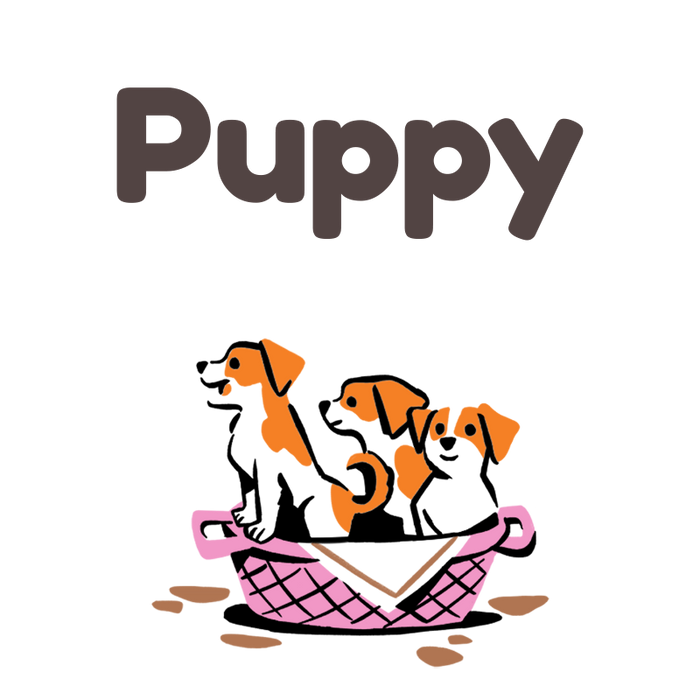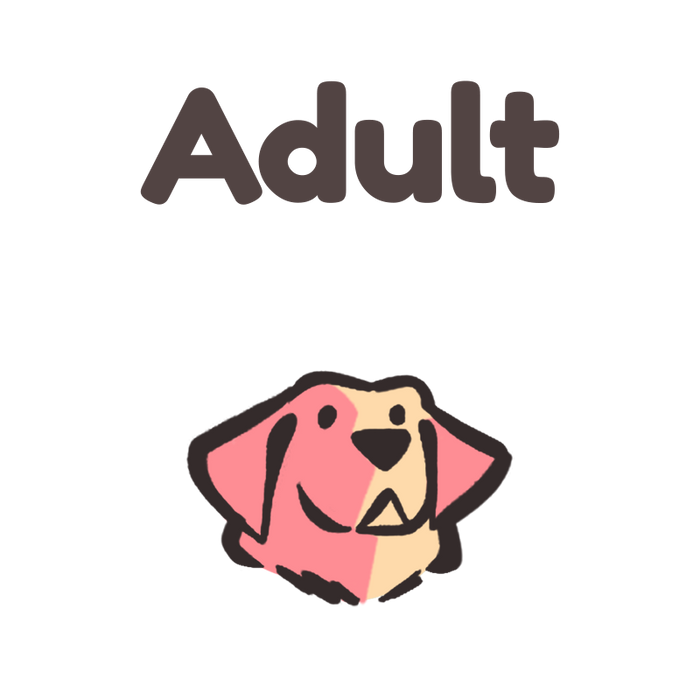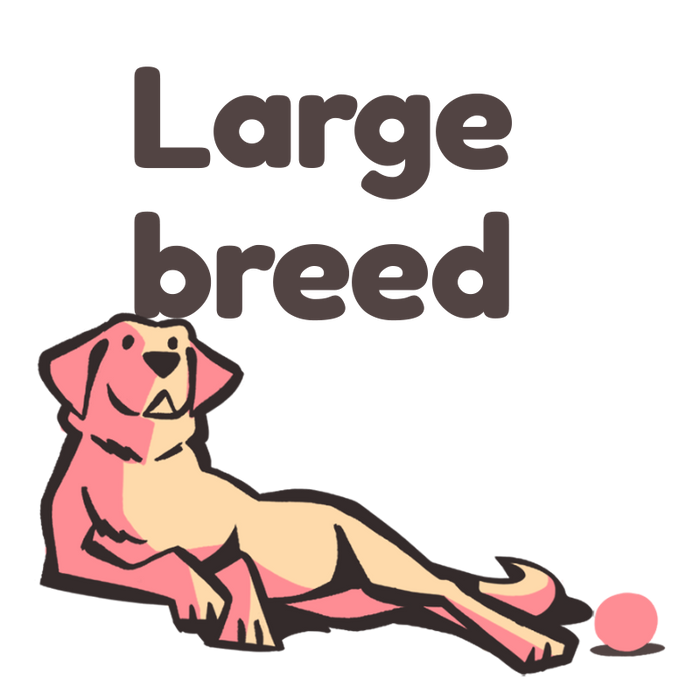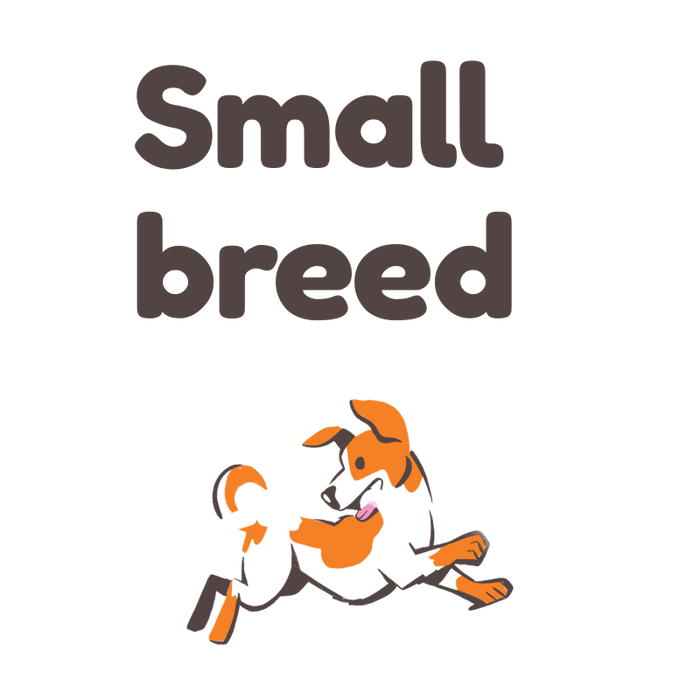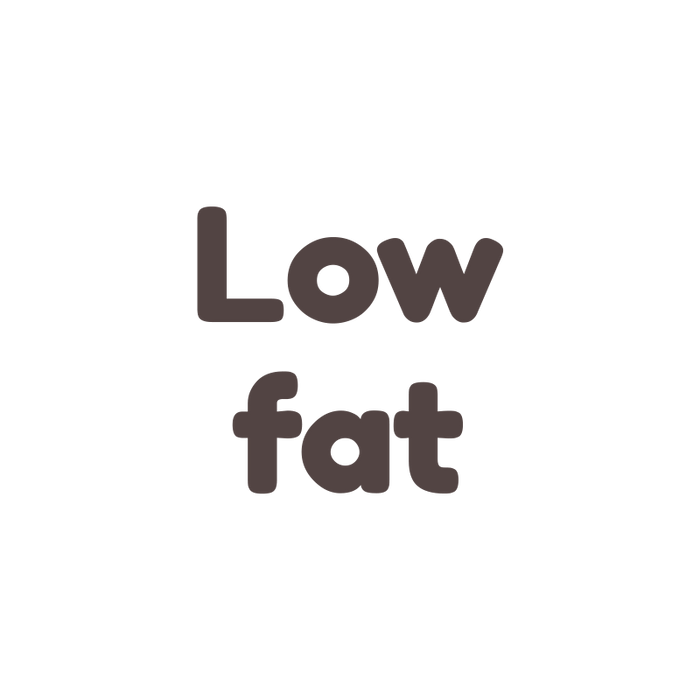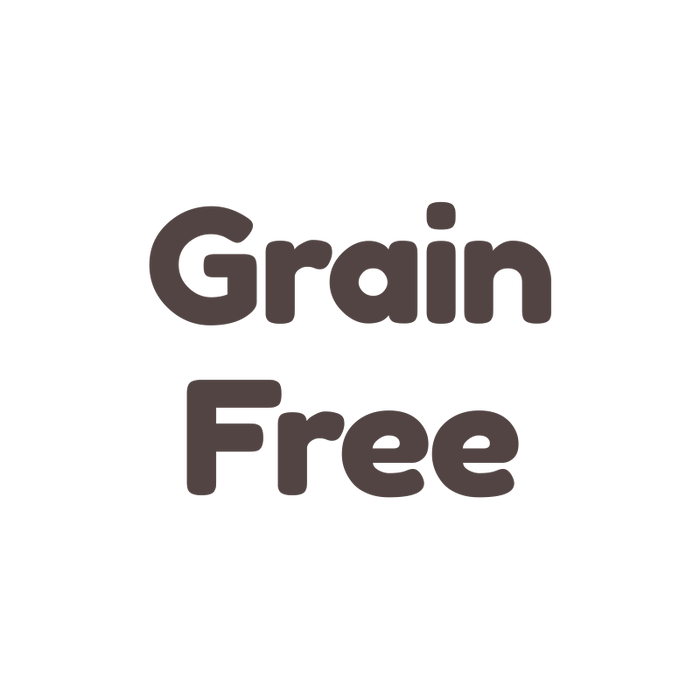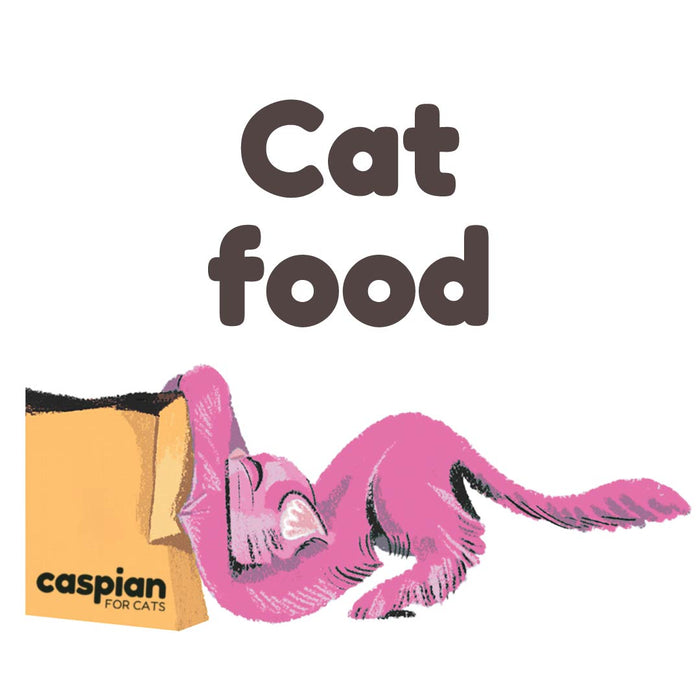

How much food does my dog need?
If you've ever been met with those persuasive puppy dog eyes at meal time, you know how hard it can be to determine how much to feed your furry friend. While it ultimately depends on factors like their age, weight, and activity level, a good rule of thumb is to consult the feeding chart on your brand of dog food and divide into 2-3 meals per day. Just be sure to take into account how many treats you're sneaking in (we won't judge!). Your pup may act like they're starving, but remember, as natural scavengers, they're always ready to eat!
The amount of food a dog needs varies widely from dog to dog, so there’s no easy answer here. The things to consider for your dog are:
Age
Puppies: Growing pups need plenty of fuel to support their developing bodies, they need more food than their adult counterparts. Make sure to give them puppy food and spread out their meals throughout the day.
Senior dogs: They might not be as spry as they used to be, but they still need the right nutrients to stay healthy. These guys might have a harder time absorbing those key vitamins and minerals, so give them food that's specially formulated for seniors. And maybe take them for a walk or two - they might be putting on a few extra pounds these days!
Weight
A dog's weight is a crucial aspect to consider when it comes to their diet. Fortunately, many dog food brands provide feeding charts that help pet parents determine the proper food amount based on their furry friend's weight. However, if your pup is carrying some extra pounds, it may be necessary to cut back on their food intake until they reach a healthy weight. Seeking guidance from a veterinarian or referring to a chart from the Association for Pet Obesity Prevention can bolster your confidence navigating this weighty issue.
Activity level – Although your dog’s weight will give you a rough estimate of how much food they need, your dog’s calorie needs also depend on activity level. If your dog is the one running laps around the park and, use the high end of the feeding range for their weight. On the other hand, if you’ve got a couch pup-tato, opt for the low end of the range.
Health conditions – Your dog’s health can also affect how much food they need. Dogs with health conditions such as diabetes or kidney disease may need special prescription diets. Pregnant dogs or nursing dogs also have special needs for extra calories and nutrients.
Check the Brand’s Feeding Chart
Since the nutrient and calorie content of every dog food brand is different, dog food manufacturers are required to include a dog feeding chart on their packaging. Here’s an example from Caspian's Grain Free Salmon & Trout food recipe:

The chart will give a suggested daily feeding amount depending on your dog’s weight category. From there, you can:
- Divide it up – The recommended caloric amount will usually be the total for the day, so you’ll need to divide that amount by the number of meals you’re feeding your pup each day.
- Start low and work up – Most feeding charts suggest a serving size range. Use your dog’s activity level to determine whether to feed the lower or higher amount for their weight. It’s easier to put weight on than take it off, so it’s advised to start at the lower end and see if more is needed.
- Understand that every brand differs – Whenever you switch brands, be sure to consult the new feeding chart to make sure you’re still giving your dog the proper amount of food.
How active is my dog
If your dog gets less than an hour of active time per day, they're considered low activity. But if they get 1-3 hours of active time per day, they fall under moderately active. And if your dog is a real athlete, getting more than 3 hours of active time per day, they're deemed very active! Keep these guidelines in mind when planning your pup's diet.
How often should I feed my dog?
If you asked most dogs, they’d tell us it’s dinner time, all the time. As tempting as it may be to indulge your pup every time they flash you those soulful eyes, it’s important to establish a healthy feeding routine. Otherwise, your pup’s health could affected negatively.
Setting the right schedule can be tricky. While feeding once a day is generally not advised, keeping the bowl filled will always lead to overeating, while prolonged periods without food can make your pup nauseous or irritable.
But every dog is unique, so pay attention to their signals. Consider breaking meals up into smaller, more frequent portions if your dog is very active or if it matches their appetite better.
Why your dogs weight matters
Excess weight can cause various health problems for your dog, including:
Skeletal problems: Extra weight puts additional strain on your dog's joints, increasing the risk of developing osteoarthritis, hip dysplasia, and other joint disorders. Mobility issues and chronic pain can also result from carrying too much weight.
Breathing difficulties: Being overweight can make it harder for your dog to breathe, especially if they have a short snout, a narrow trachea, or other breathing problems. Obesity-related breathing difficulties can lead to coughing, wheezing, snoring, and even respiratory failure, which can be life-threatening.
Heart disease: The heart has to work harder when your dog is carrying excess weight, which can lead to cardiac hypertrophy, arrhythmia, and eventually heart failure. Obesity is a major risk factor for heart disease in dogs, which is one of the leading causes of death in dogs over the age of 8.
Diabetes: Obesity increases the likelihood of your dog developing insulin resistance and type 2 diabetes. Obesity-related diabetes can cause excessive thirst, urination, appetite, and lethargy, and can even lead to blindness, nerve damage, and ketoacidosis if left untreated.
Liver disease: Obesity can also affect your dog's liver, as it can accumulate excess fat (hepatic lipidosis) and impair liver function. Liver disease can cause jaundice, vomiting, diarrhoea, and ultimately liver failure, which can be fatal. Obesity is a risk factor for both primary and secondary liver diseases in dogs.
Therefore, maintaining a healthy weight through proper nutrition and exercise is crucial for your dog's overall well-being and longevity.
How Can I Tell if My Dog Is a Healthy Weight?
There are a few ways to check if your dog is overweight, normal weight, or underweight. Here are the signs to look for:
Underweight - An underweight dog is one where you can easily spot the spine, hip bones, and ribcage from a distance. It's important to pay attention to these physical indicators, especially in fluffier dogs, where you can often feel the spine and ribs by placing your thumbs on their back and running your fingers along the sides. A dog that is too thin and underfed can be susceptible to a number of health problems ranging from osteoporosis to infections and parasites. Additionally, undernourishment can hinder proper development in puppies, stunting their growth and preventing them from reaching their full potential. To ensure that your furry friend is healthy, it's essential to provide them with a well-balanced diet that is sufficient in protein, vitamins, and minerals to promote optimal health and growth.
Normal / Healthy weight - To determine if your dog is at a healthy weight, there are a few visual and tactile cues you can use. When viewed from above, your dog's back should have a noticeable indentation just below the rib cage and above the hips. By placing your thumbs on your dog's spine and feeling for their ribs, you should be able to easily discern both the ribs and some definition of the spine. Additionally, from a side view, your dog's stomach area should curve inward, tucking below their chest.
Overweight - Take a bird's eye view of your dog and assess the shape of their sides. If their waist is not visible or there is an outward curve, it may be a signal that your pup is packing on some extra pounds. Confirm this by feeling for their ribs and spine - if you have to apply pressure to distinguish the bones, your dog may be overweight. In more severe cases, you may not be able to feel the ribs at all due to the excess fat. Keep an eye out for visible deposits of fat in areas such as the base of the tail, neck, and back. These are all indicators that your dog may be on the path towards obesity.

